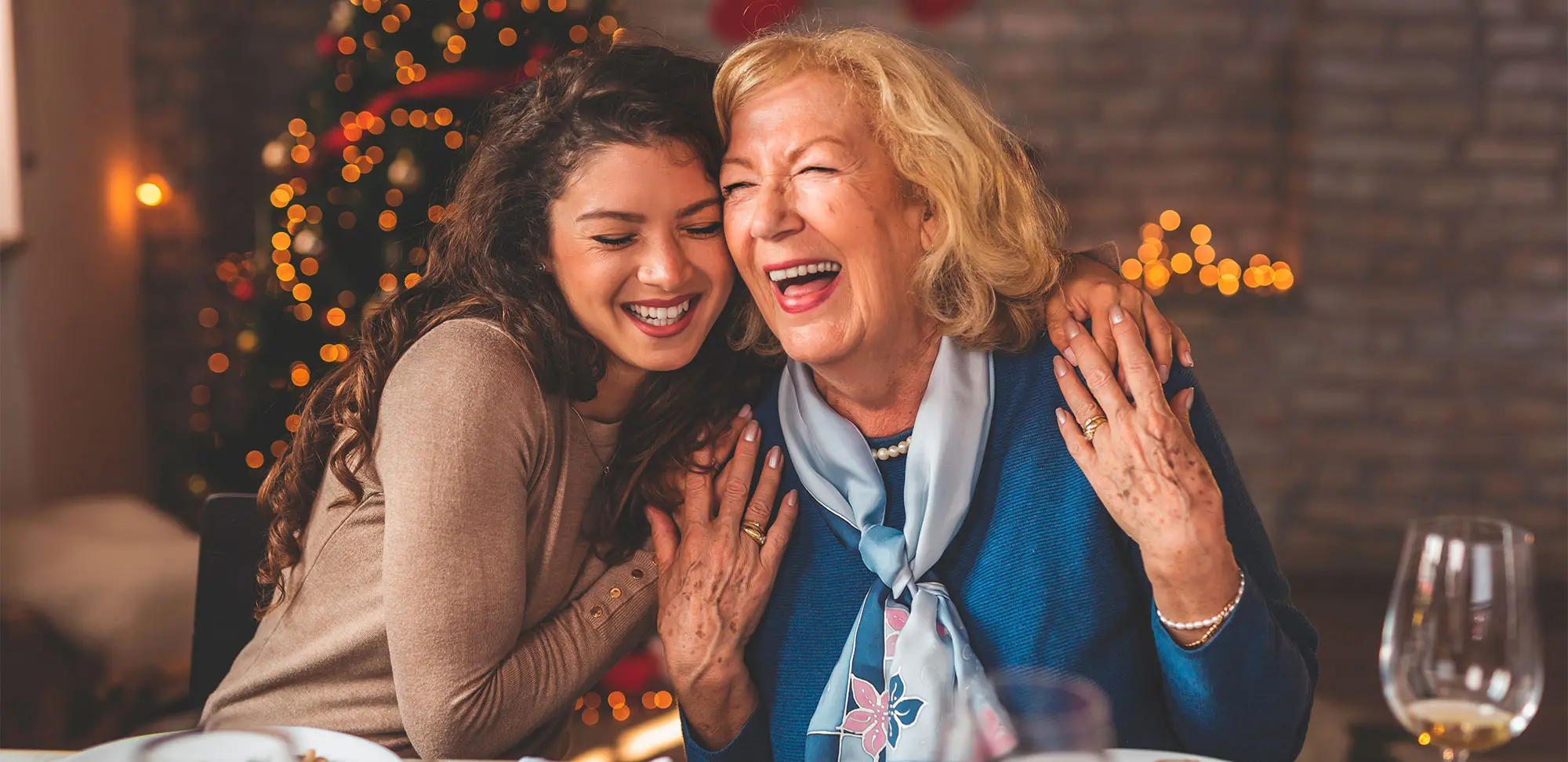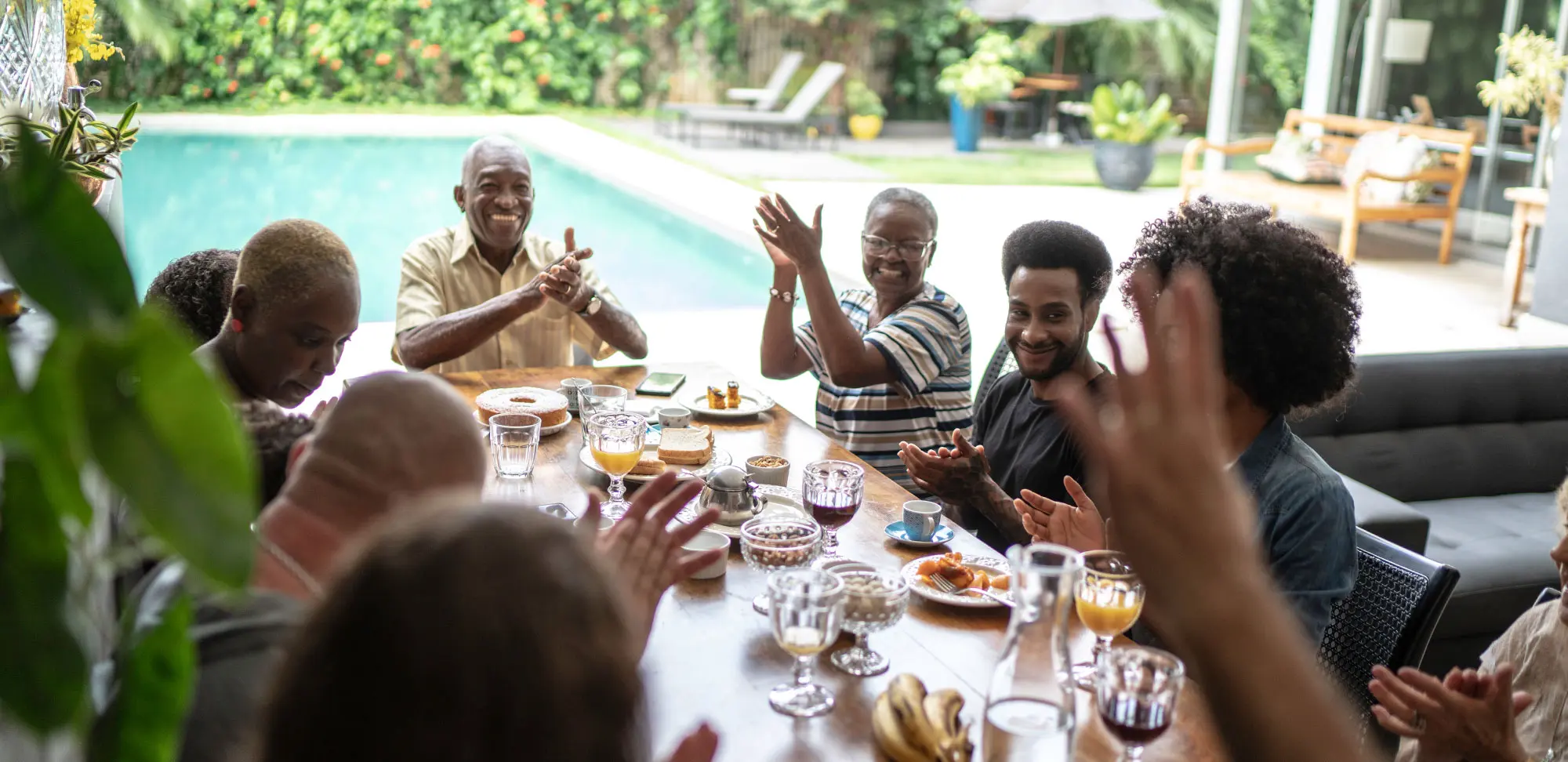You’re approaching retirement— or perhaps you’re newly retired — and exploring the exciting opportunities Act 2 offers. I expect you’ve planned for your financial future, but do you have a health and well-being strategy? Now is the time to get started, and nutrition should be at the top of that list.
Retirement often brings the loss of daily structure and routine. After many years of eating breakfast on the run and packing a bagged lunch for work, you may find you’re skipping breakfast, eating fewer sit-down lunches and snacking during the day, all of which play havoc with managing a healthy diet.
Committing to mealtimes can help you recapture that structure and routine. Eating three times daily, even if it’s not at exactly the same moment, is a good start. You have time now, so toss together a tuna-salad lunch, make hearty soups, cut up fruit to keep in the fridge or bake an apple crisp with a crunchy oatmeal topping. And if you’re on your own, plan to share meals with family and friends — live and in person if you can, or virtually if you can’t. It’s the conversation that counts.
Contrary to popular belief, gaining weight after age 50 is not inevitable. It’s easy to lose sight of what you’re eating over the course of a day, so keep a food journal for a week or two — including what, where and when you eat — to help unpack where any empty calories are coming from. Look for opportunities to make healthy food swaps, such as eating fewer processed, fried or fatty foods in favour of more whole, natural foods, like fruits and vegetables. If portion sizes are a challenge, use smaller plates.
Managing your weight helps lower your risk of developing prediabetes. This condition occurs when you become insulin resistant (meaning your cells can’t use insulin effectively) or your pancreas produces insufficient insulin to keep your blood sugar in the normal range. Being overweight is one of the big risk factors for prediabetes, and carrying extra weight around your middle increases your chances of developing insulin resistance. Left unchecked, prediabetes can develop into Type 2 diabetes.
Upping your activity level counts too, and can help prevent or delay prediabetes and its progression. Magnesium also plays a role in insulin action and sensitivity, so include magnesium-rich foods, such as nuts, seeds, black beans, lentils, edamame, leafy greens and whole grains, in your diet.
Keeping your bones strong is equally important during this time of life. Exercising and eating well can help minimize muscle loss and maintain healthy bones. Consuming adequate calcium in dairy products, fortified plant beverages, black beans, tofu, canned salmon (with bones), sardines and green vegetables in combination with a source of vitamin D, which helps increase calcium absorption, is essential for good bone health. There are few food sources of vitamin D, and the skin’s ability to make it decreases after age 50, so follow Osteoporosis Canada’s guidance and take an 800 to 2,000 international unit (IU) vitamin D supplement daily.
As you transition to this new phase, it’s a good time to talk to your doctor about booking yearly blood tests to monitor your blood glucose and vitamin D levels. It’s always good to know where you stand.











